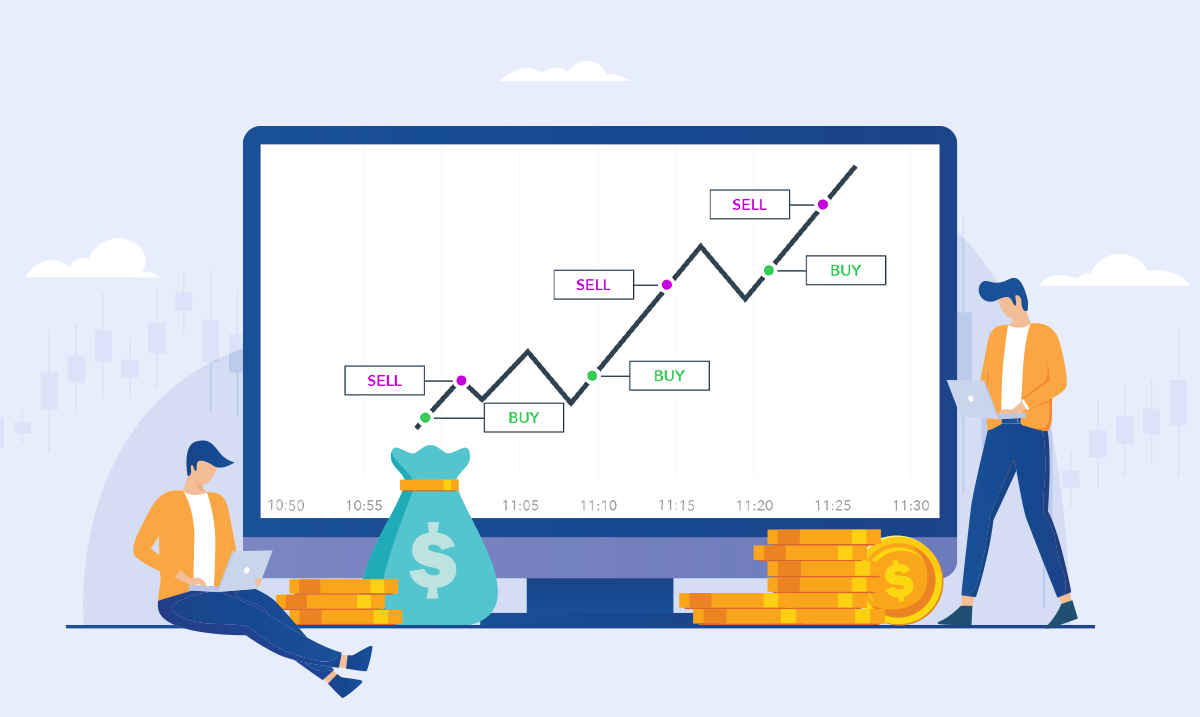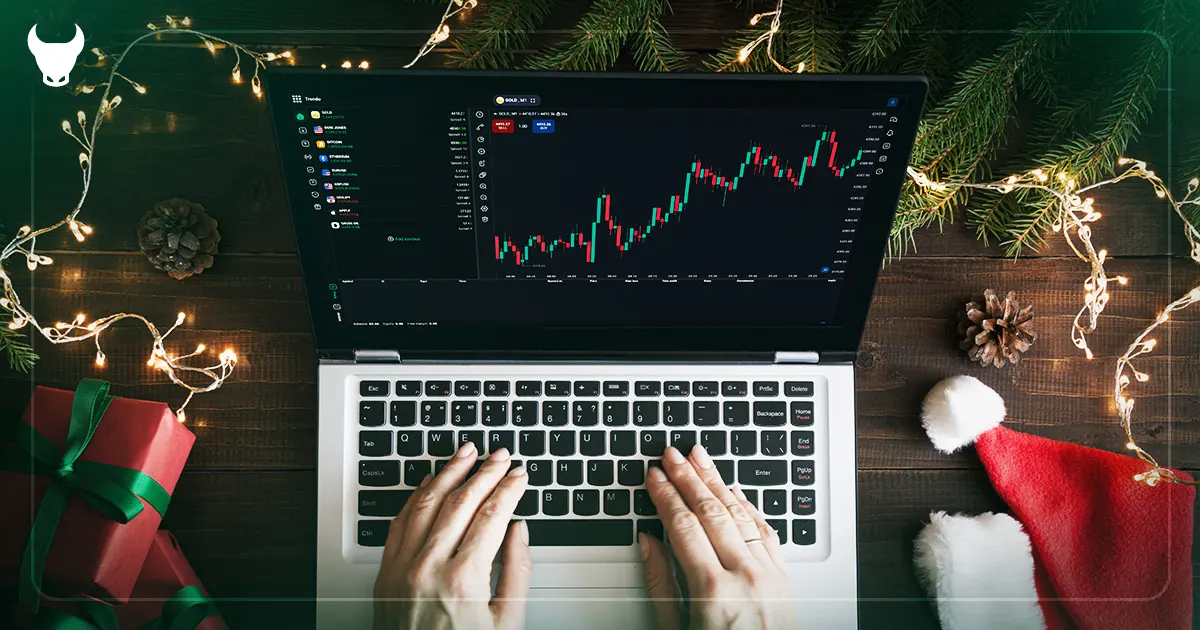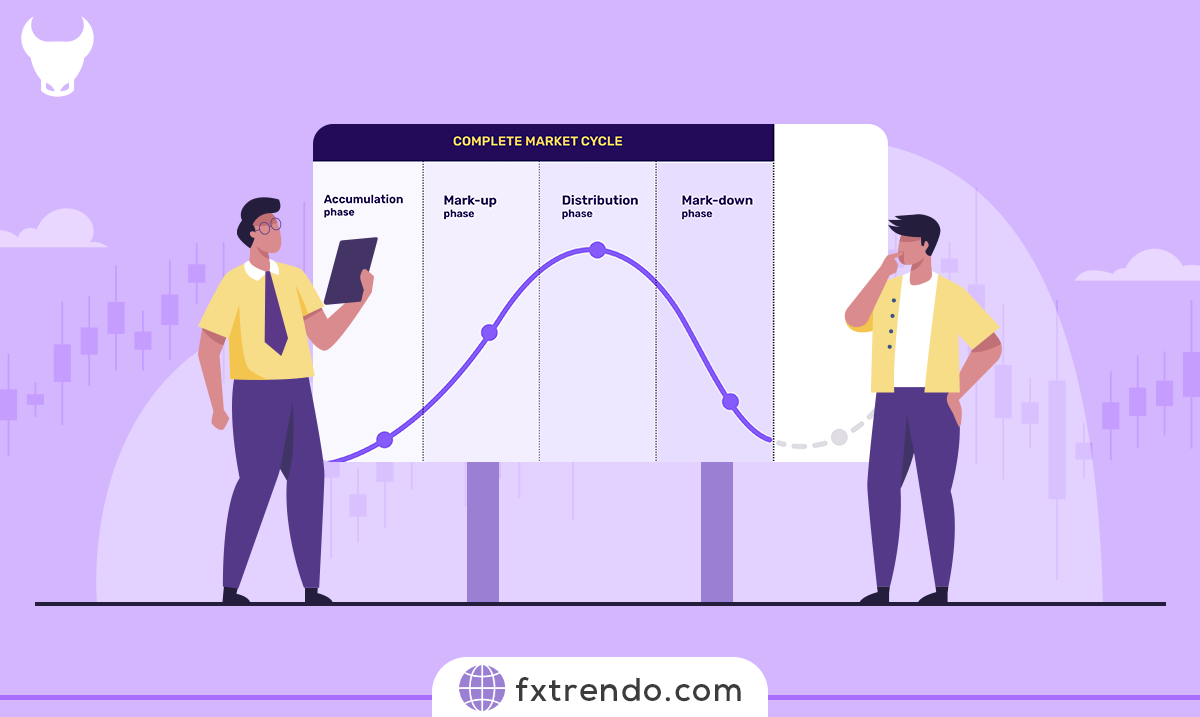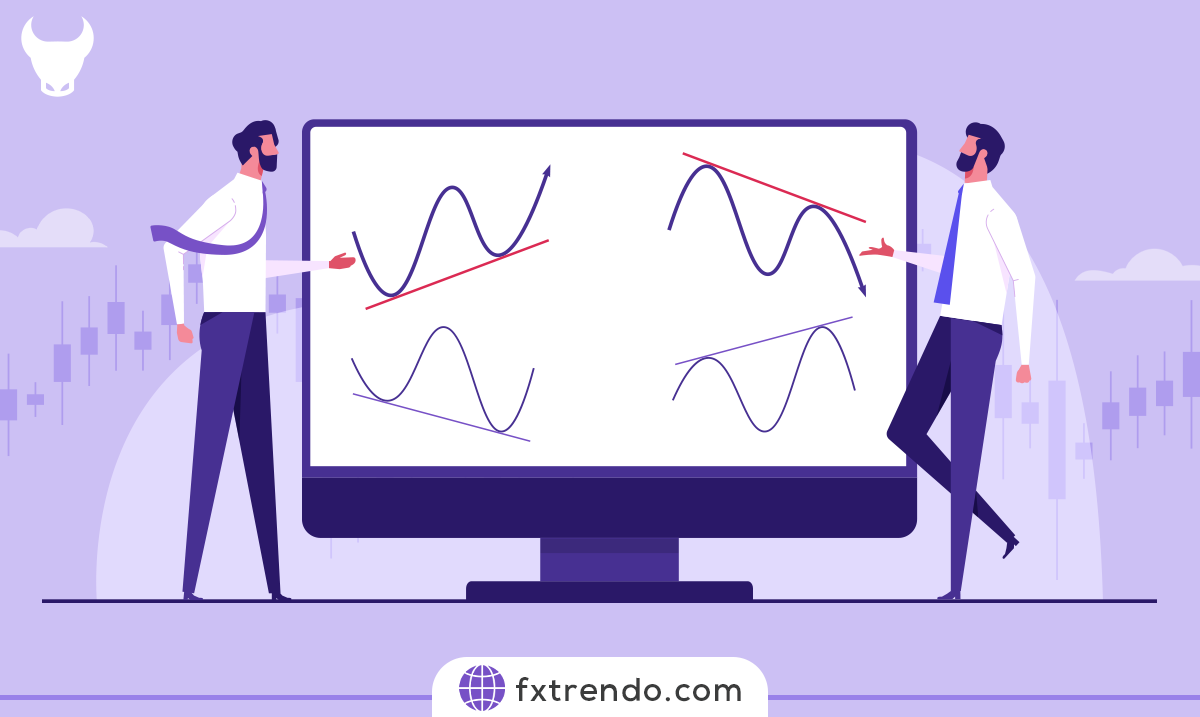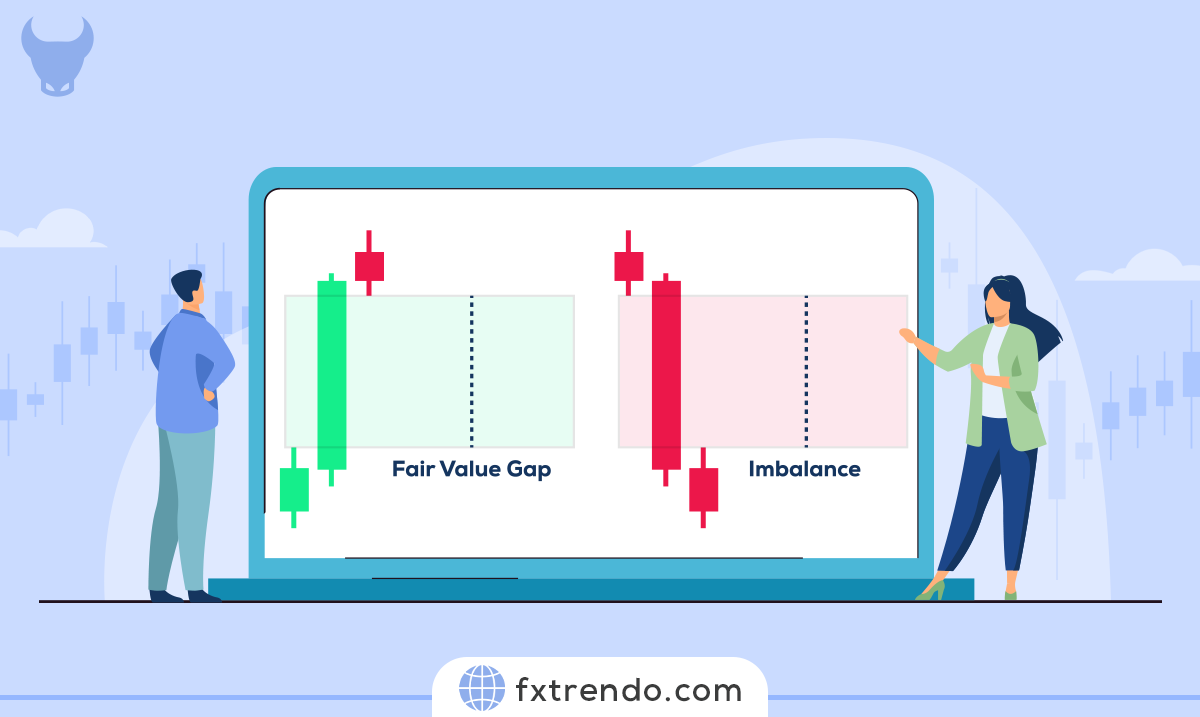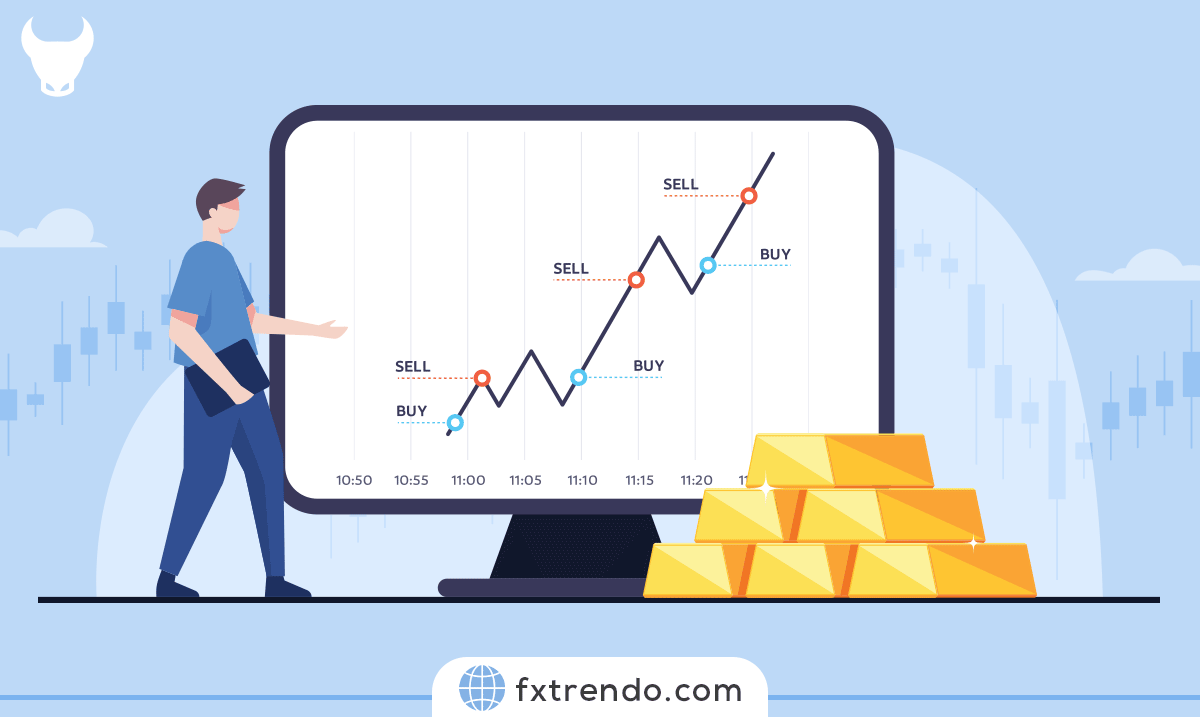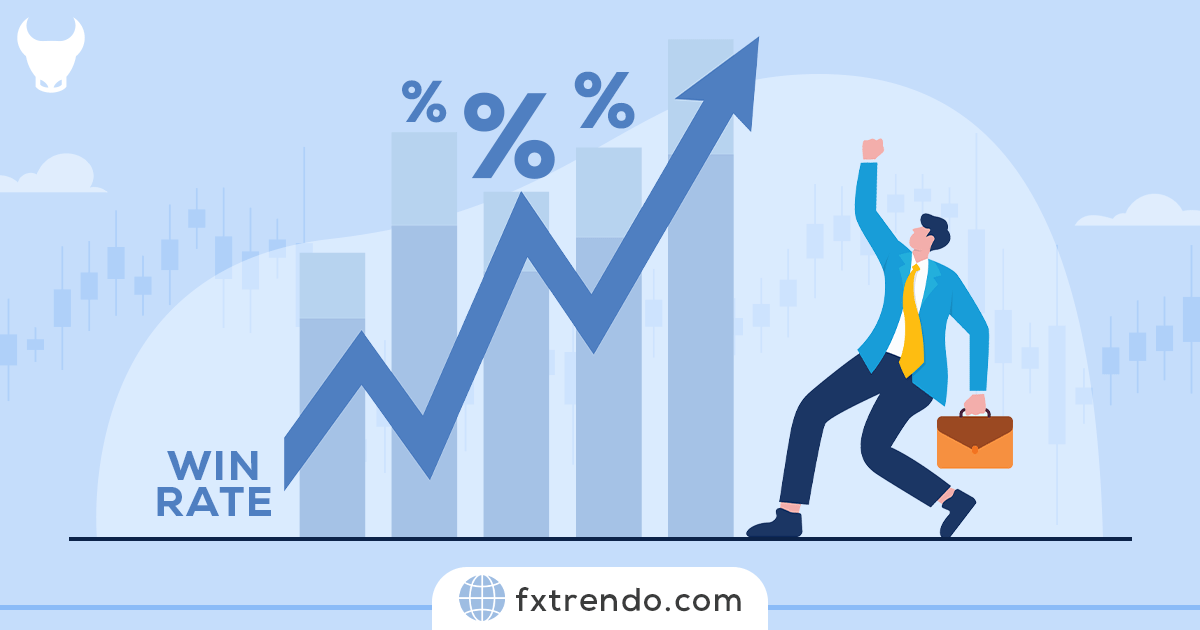Forex trading is an exciting, dynamic, and ever-changing market attracting traders worldwide. A market that offers traders numerous opportunities for profit but can also expose them to significant risks. Swing Trading is one of the most popular trading strategies forex traders use to make a profit. This way, traders keep their positions for one to several days to benefit from mid-term price movements. In swing trading, traders use technical analysis tools and charts to identify patterns and mid-term price trends with the help of fundamental analysis in the market. Successful swing trading traders must thoroughly understand factors, such as economic data releases, geopolitical events, and central bank announcements that affect currency prices. Further, we will explain swing trading and how it is done in Forex.
What is Swing Trading?
Swing trading is a trading strategy that involves holding a position for several days or weeks to benefit from price changes in the market. The purpose of swing trading is to profit from short to mid-term price movements, which usually last between 1 and 10 days, and exiting the trade occurs when the price reaches the target area. Swing traders use Forex technical analysis and various types of technical analysis to identify entry and exit points in the market. They look for support and resistance levels, moving averages, and chart patterns to identify potential trading opportunities on price charts. They also use fundamental analysis to identify mid-term trends better. Therefore, traders may also use Fundamental analysis in addition to trend analysis and price patterns. These traders’ goal is to find a trade with a high probability of success and a suitable risk-to-reward ratio.
One must consider the following points in all trading strategies, including swing trading.
1- Sufficient understanding of the market:
Forex traders must have a complete understanding of the Forex market. They must know how currencies are traded, what factors affect currency prices, and how to use technical and fundamental analysis to identify trading opportunities. Technical analysis involves using charts and indicators to analyze price movements and make trading decisions. Forex day traders need to know how to read charts and understand multiple indicators such as moving averages, oscillators, and candlestick patterns. And fundamental analysis is the economic calendar and currency pair’s economic and political news review.
2- Having a trading plan:
Forex traders must have a potent trading plan. A trading plan is a set of rules a trader follows to make trading decisions, also called a Trading Strategy. This plan includes entry and exit points, risk management strategies, and trading goals. A well-defined trading plan helps traders stay disciplined and avoid impulsive decisions based on emotions. Forex traders must clearly understand their trading plan and stick to it consistently.
3- Risk management:
Forex traders must have good risk management skills. Forex traders must know how to limit their losses and protect their profits. They can do this by setting a stop loss order, which closes the trade automatically when the price reaches a predetermined level. Forex traders should also have a good understanding of leverage, which is the amount of money a trader can borrow from their broker to increase their position size. While leverage can increase profits, it can also increase losses, so it is essential to use it wisely.
Read More:
12 Golden Tips in Capital Management
4- Suitable trading platform:
Forex traders must have a good trading platform. A trading platform is a software that allows traders to access the forex market and make trades. Forex traders should choose a trading platform that is reliable, user-friendly, and high-speed in making transactions, has the lowest spread and fees, and has all the necessary features to enable trading. Since the transactions may be open for several days, a significant point for the swing trading strategy is that traders should choose a platform with the lowest Swap for trades. TRENDO is a platform that provides all these features to its users.
5- Emotion control:
Forex traders must understand their emotions very well. Emotions such as fear, greed, and hope can impair a trader’s judgment and lead to irrational decisions. Forex traders must learn to control their emotions and stick to their trading plans. They also need to know when to take a break and distance themselves from the market if they feel tired.
Read More:
Forex Trading Psychology (the importance of psychology in trading)
Advantages & Disadvantages of Swing Trading in Forex
Swing trading in Forex has several advantages over other trading strategies, such as Day Trading or Scalping. Some of them are as follows:
1. Reducing stress:
Swing trading requires less time and attention than day trading or scalping, which can reduce traders’ stress and anxiety.
2. Less risk:
Swing trading is less risky than day trading or scalping because traders hold their positions for several days or weeks and are not exposed to sudden price changes.
3. Greater flexibility:
Swing trading allows traders to be more flexible in their trades because they do not have to monitor the market constantly.
4. Better Risk-to-Reward ratio:
Swing trading has a better risk-to-reward ratio than day trading or scalping because traders aim to earn at least twice the amount they risk on a trade.
However, swing trading also has its disadvantages. One of the main drawbacks of swing trading is that it requires more patience and discipline than day trading. Traders must be able to hold positions for longer periods, which can be difficult for some traders who prefer the instant satisfaction of day trading.
Additionally, swing trading requires a more comprehensive understanding of technical analysis, which can be challenging for novice traders. Ultimately, swing trading can be risky.
Traders must have a potent risk management strategy to protect their capital against losses. Swing trading requires a disciplined approach to risk management. Traders should bear the loss, and if the market moves against their analysis, accept the small loss and exit the trade. That requires setting a stop-loss order at main levels to limit potential losses. Swing traders must also manage their trading volume and position size to ensure that they are not putting their capital at risk in any trade.
What Currencies Are Best Suited for Swing Trading?
Swing trading is ideal for traders who don’t have the time to monitor the markets constantly but still want to make a profit. However, choosing the right currency pair can be challenging as it requires careful analysis of the various factors that affect the forex market. Here we will review which currencies are best suited for swing trading.
1. Liquidity:
Liquidity is one of the most important factors to consider when choosing a currency pair or symbol for swing trading. Liquidity means a high trading volume is ongoing, and buying or selling a currency pair without significantly affecting its price is simple. Therefore, choosing a currency pair with high liquidity is necessary to ensure you can make good fluctuations and enter and exit the trade quickly and at the best possible price. Also, the higher the liquidity, the higher the short and mid-term volatility, which is suitable for swing trading.
The highest liquidity and trading volume of currency pairs in the forex market is known as the major pairs, which are EUR/USD, GOLD, DOW JONES, USD/JPY, GBP/USD, and USD/CHF. These pairs trade in high volume and have low spreads, making them ideal for swing trading.
2. Volatility:
Volatility refers to the price movement amount in a currency pair in a certain period. High volatility provides more trading opportunities for swing traders because they can use price fluctuations to make profits. On the other hand, low volatility makes it difficult to find profitable trades. The best currency pairs for swing trading are those showing moderate to high volatility. The most volatile currency pairs are the lesser-known pairs that include the currencies of emerging economies. These pairs can provide significant opportunities for swing traders, but they also carry more risks due to low liquidity and higher spreads.
3. Economic and political factors:
Economic and political factors can impact the forex market significantly, and swing traders must be aware of these factors to make conscious trading decisions. Economic Calendarindicators such as GDP, inflation, and employment data can affect a currency’s value, while political events such as elections, conflicts, and policy changes can also affect the forex market. Therefore, choosing a currency pair not influenced by economic and political factors is necessary. Major currency pairs are generally more stable and less affected by economic or political events, making them ideal for swing trading.
4. Technical analysis:
Technical analysis is a popular trading strategy that involves using charts and indicators to identify trading opportunities. Technical analysis is an essential strategy for swing traders because it provides valuable insights into market trends and price movements. Therefore, choosing a suitable currency pair for technical analysis is necessary. A good currency pair for swing trading should have clear trends and support & resistance levels. Major currency pairs are ideal for technical analysis because they are traded in high volume and have stable trends. Of course, swing trading traders also use fundamental analysis to optimize their trades.
Swing trading can be done on any symbol or currency pair, but some symbols are more suitable than others because they fluctuate more. As a swing trader, you want to choose a symbol with high liquidity and the lowest swaps and spreads. The most popular symbols for trading are EUR/USD, USD/JPY, GBP/USD, GOLD, DOW JONES, etc.
Trading strategy steps of Swing Trading in Forex
Swing trading in Forex includes the following steps:
Step 1: Identify the trend
The first step in swing trading is to identify the trend. Swing traders use technical analysis tools to identify trend direction. The trend can be ascending or descending, and identifying it before making a trading decision is significant. Swing trading traders also use fundamental analysis to determine the trend better.
Step 2: Identify support & resistance levels
The next step is to identify support and resistance levels. These levels are important because they indicate areas where the price might bounce back or break. Usually, swing traders use higher time frames such as daily, 4-hour, or 1-hour charts to identify significant levels.
Step 3: Determine entry & exit points
Swing traders determine entry and exit points once the trend, support, and resistance levels are identified. Swing traders typically use a risk-to-reward ratio of at least 1:2, meaning they aim to earn at least twice the amount they risk on a trade. For example, if they stake $100 on a trade, they seek to profit at least $200.
Step 4: Execute the trade
The trader executes the trade after the entry and exit points are determined. The trader can open a buy or sell trade depending on the trend’s direction. If the trend is ascending, the trader is looking for a buy position, and the trader opens a sell position if it is descending.
Step 5: Manage the trade
Swing traders must manage their trades carefully. They should monitor the market closely and adjust their trades accordingly. They should also set a stop-loss order to limit their losses if the market moves against their analysis. Swing traders can also use a trailing stop loss to lock in profits when the market moves according to their analysis. These orders allow them to maximize their profit while minimizing their risk.
Swing trading & indicators
The purpose of swing trading is to capture part of a trend, whether an uptrend or a downtrend. Traders use technical analysis to identify entry and exit points based on price action, chart patterns, and indicators. Swing traders usually use a combination of technical analysis indicators to confirm their trades and manage risk. Further, we explain two of the most popular indicators used for swing trading.
Introducing the Moving Average Indicator
Moving averages, or MAs are popular technical indicators used in forex trading. They are used to smooth price fluctuations and provide a clear picture of the trend direction. The moving average is calculated by considering the average closing price of a currency pair in a certain period. For example, the moving average of 20 on the daily time frame calculates the average closing price of the currency pair over the last 20 days. Moving averages can be applied to any time frame, including daily, weekly, or monthly charts. However, for swing trading, short-term moving averages are preferred.
How to use the moving average in swing trading:
Moving averages are useable in many different ways in swing trading. Here are some of the most popular strategies:
1. Moving average crossover:
Crossovers are one of the most popular ways to use moving averages in swing trading. A crossover occurs when two moving averages cross. For example, when the 50-moving average crosses the 200-moving average upwards, it is a bullish signal. Conversely, when the 50-moving average breaks the 200-moving average downwards, it is a bearish signal.
2. Moving averages as support or resistance levels:
Another strategy for using moving averages in swing trading is through price reaction. When the price of a currency pair approaches the moving average, it can react to the moving average or cross it. If the price reacts to the moving average, it means that the moving average has appeared in the support or resistance role and you can enter the position according to it. On the other hand, if the price crosses the moving average, it means the moving average’s supporting or resistance role is neutralized, and you can enter a position in the pullback.
3. Moving average slope:
The moving average slope can also provide helpful information in swing trading. When the moving average’s slope is steep, that is a sign of a strong trend. Conversely, when the slope of the moving average is low, it is a sign of a weak trend.
RSI (Relative Strength Indicator)
Another popular indicator swing traders use is the Relative Strength Index. RSI is a momentum oscillator that measures the strength of a trend. If the RSI is above 70, it indicates overbought conditions, and swing traders may look for sell trades. If the RSI is below 30, this implies oversold conditions, and swing traders may look for buy positions.
Summary
Swing trading is a popular trading strategy in the forex market that involves holding a position for several days to several weeks. Swing traders use technical analysis to identify trading opportunities based on trends, chart patterns, and indicators. Swing trading requires a disciplined approach to risk management and position size and can be more profitable than day trading. However, swing trading requires more patience and discipline than day trading and is more challenging for novice traders.
